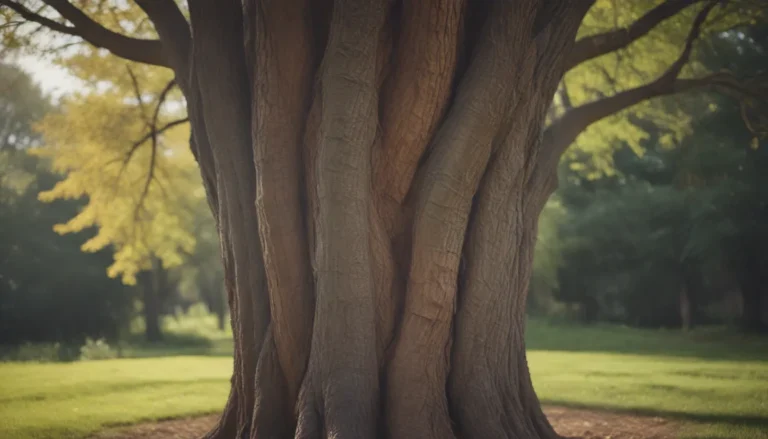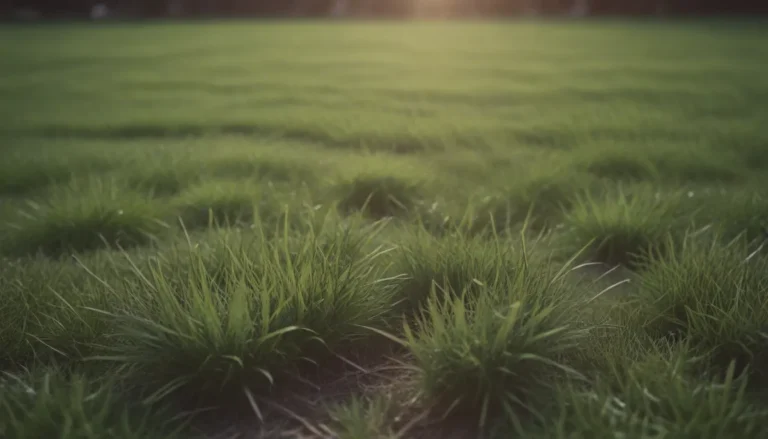Everything You Need to Know About Topsoil: Weight, Size, Cost, and More

Have you ever looked out at your struggling lawn or garden and wondered if the problem could be inadequate or poor-quality topsoil? The reality is that all plant roots, from turf grass to vegetable crops, depend on the nutrients found in the uppermost layer of soil. The key to a thriving garden or lawn lies in understanding the depth of your topsoil and knowing how much you might need to add to enhance plant growth.
In this comprehensive guide, we’ve gathered all the essential information you need to know about topsoil, including how much a yard of topsoil weighs, what it’s made of, and the cost implications you should consider. By the end of this article, you’ll be well-equipped to make informed decisions about your topsoil needs and ensure the success of your gardening endeavors.
Understanding Topsoil: What Is It and Why Does It Matter?
Topsoil is the uppermost layer of the earth’s crust where all plant life thrives. It’s a rich mixture of minerals from decomposing rock, wood, and other organic matter, as well as the biological activity of microorganisms, worms, insects, and invertebrates. In gardening and landscaping, topsoil plays a critical role as a permeable layer that allows plant roots to penetrate and absorb water and nutrients. While topsoil can extend up to 10 inches deep, its depth can vary depending on geographical factors and land use.
When embarking on a new gardening or landscaping project, assessing the quality and depth of your topsoil is essential to determine if it can support healthy plant growth. Conducting a soil test to determine the pH level and consistency of your soil can provide valuable insights into the type of topsoil you need to add based on the plants you plan to grow. Most plants thrive in well-draining loam soil, so ensuring that your topsoil meets these criteria is crucial for successful gardening.
How to Determine the Depth of Your Topsoil
To ascertain the depth of your topsoil, you’ll need a few basic tools and a systematic approach:
- Tools Needed:
- Shovel
- Long stick or rod
- Marker
-
Measuring tape
-
Steps:
- Use the shovel to dig a small hole in the ground to expose the layers of soil.
- Insert the long stick or rod into the hole and mark the point at the surface level.
- Carefully remove the stick and measure the distance from the mark to the tip to determine the depth of the topsoil.
Once you’ve identified the depth of your topsoil, you can calculate the amount of additional topsoil needed based on the planting depth requirements for your specific plants.
Calculating Topsoil Requirements: Size Matters
When it comes to determining how much topsoil you need for your gardening project, size plays a crucial role in the calculation. By following a simple formula, you can estimate the number of cubic yards of topsoil required to cover a specific area at the desired depth.
Formula for Calculating Topsoil Needs:
(Length x Width x Depth) / 27 = Cubic Yards of Topsoil
Here’s an example to illustrate this calculation:
Let’s say you’re planning to plant a 10-by-20 foot vegetable garden that requires an additional 4 inches of topsoil:
– Length: 20 feet
– Width: 10 feet
– Depth: 4 inches (convert to feet: 4 inches = 0.3 feet)
Calculation:
20 feet x 10 feet x 0.3 feet = 60 cubic feet
60 cubic feet / 27 = 2.2 cubic yards
By using this formula, you can tailor the amount of topsoil to your specific gardening needs and ensure optimal plant growth in your garden or lawn.
How Much Does Topsoil Weigh?
The weight of topsoil is an important factor to consider, especially when purchasing it in bulk for landscaping projects. Topsoil is typically sold by the cubic yard or cubic foot, and its weight can vary depending on moisture content and other factors. Here are some key points to keep in mind:
- A dry cubic yard of topsoil can weigh up to 2,000 pounds, while a wet cubic yard may weigh up to 3,000 pounds.
- Bulk topsoil is usually sold by the bucket or truckload, with the average front loader bucket holding about 1/2 cubic yard, and a dump truck carrying between 10 and 14 cubic yards.
- A cubic foot of topsoil is commonly sold in 40-pound bags, but the cost of topsoil is not solely based on weight.
Factors Affecting Topsoil Weight:
- Wet topsoil
- Topsoil with heavy clay content
- Presence of solid debris
If you’re planning to transport or spread bulk topsoil yourself, it’s essential to consider the weight and ensure that your vehicle can handle the load.
Cost Considerations: How Much Does a Yard of Topsoil Cost?
The cost of topsoil can vary depending on factors such as grade, quality, delivery, and labor costs. It’s crucial to understand the pricing structure and factors that influence the cost of topsoil to make informed decisions for your landscaping projects. Here are some key points to consider:
- Topsoil is graded based on content and quality, which can impact the cost.
- Delivery charges for bulk purchases and labor costs for spreading topsoil should be factored into the overall cost.
- Topsoil sold in 40-pound bags at garden centers is often lower in quality and may require additional amendments such as fertilizer or compost for optimal plant growth.
- Investing in high-quality topsoil from reputable landscaping companies or nurseries can yield better results for your lawn, flower beds, or raised gardens.
By understanding the cost implications and quality considerations of topsoil, you can make informed choices that will benefit the health and vibrancy of your garden or landscaping projects.
Additional Resources:
- Soil to Fill Raised Beds. University of Maryland Extension.
- Lawn Establishment. Pennsylvania State University Extension.
- Soil Erosion and Degradation. World Wildlife Fund.
- Assessing and Addressing Soil Compaction in your Yard. New Jersey Agricultural Experiment Station, Rutgers University.
- Gardening in Clay Soils. Utah State University Yard and Garden Extension.
- Soils and Plant Nutrients. North Carolina State University Extension.
In conclusion, the key to a flourishing garden or lawn lies in understanding the importance of topsoil, its weight considerations, size calculations, and cost implications. By following the guidelines outlined in this article and utilizing the resources provided, you can ensure that your gardening projects are successful and your plants thrive in nutrient-rich soil. Remember, the foundation of a beautiful garden starts with the right topsoil – so choose wisely and watch your green spaces flourish!





